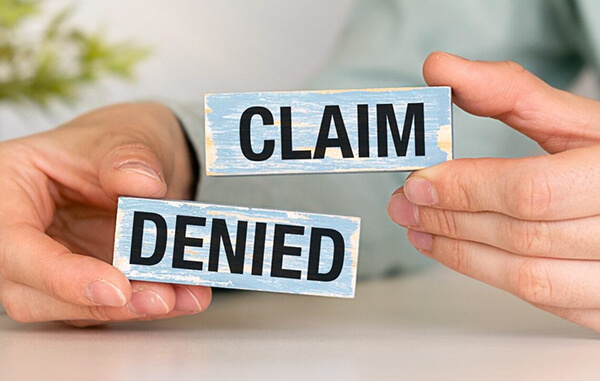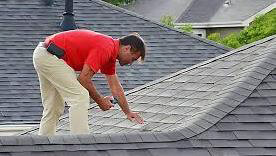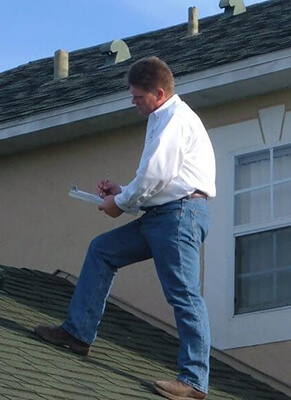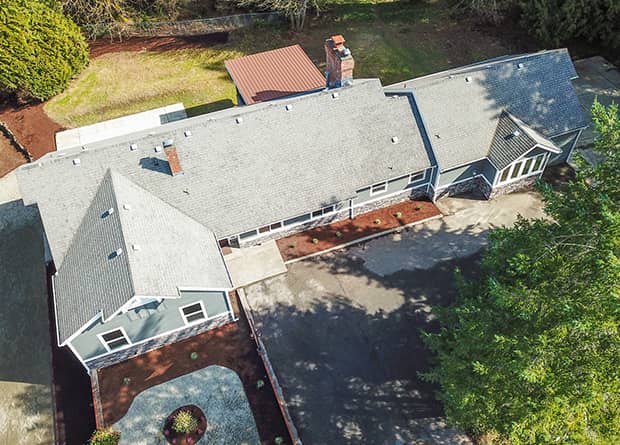You filed your claim. The adjuster came out. The contractor pointed out damage. Everything seemed on track. Then suddenly… “We’ve sent out an engineering firm to take a second look.”

That sentence should make your stomach drop. Because in the world of insurance, “sending it to engineering” usually means one thing They’re preparing to deny your claim — and they want it to look official.
Contractors sometimes call engineers “claim killers” because that is exactly what the insurance carrier wants them to do for them, stop the claim dead in its tracks.
Let’s Be Clear: Not All Engineers Are Bad

There are honest engineers out there. Talented, ethical, and committed to the truth. But in the property insurance world, most engineers sent by carriers aren’t working for you — they’re working for the carrier who’s paying them. They’re:
- Pre-selected
- Often repeat hires
- Known for delivering favorable outcomes (for the carrier)
- Shielded by credentials that make their reports hard to dispute
So What Does an Engineering Report Really Do?

It gives the insurance company:
- A basis for denial that sounds scientific
- A document that’s hard for homeowners to challenge
- Cover from accusations of bad faith
- A way to delay the claim another 30–60 days
Once that report lands in your file? The carrier treats it like gospel. Even if it’s riddled with vague
language like:
- “Unable to determine definitive storm-related impact.”
- “Observed wear consistent with age, not wind/hail.”
- “No functional damage impairing performance or water shedding ability.”
These phrases are engineered to sound professional… while giving the carrier an out.
Here’s the Biggest Red Flag: You Can’t Hire the Same Engineer

Try this sometime. Call that same engineering firm and ask for a private inspection on your own dime. Ask them to inspect your roof for storm damage as an independent party. They’ll say:
“Sorry, we only accept assignments from insurance carriers.”
Think about that. If they were truly unbiased, they’d work for anyone. But they don’t. Because they know who’s buttering their bread — and it’s not you.
How the Report Is Framed to Sound Truthful (Even When It’s Not)

Most reports:
- Include high-resolution photos
- Reference weather data (often selectively)
- Use construction terminology to sound definitive
- Avoid using the words “damage” or “replacement” unless absolutely forced
In many cases, they never actually test performance. They don’t climb into the attic. They don’t inspect every slope. They look for a way to say: “This doesn’t meet our threshold for covered damage”. Which is a fancy way of saying: “We found a loophole”.
How to Fight Back If You Get an Engineer Denial
- Request a copy of the full report. Read it line by line. Look for vague language, any contradictions or assumptions, and anything the engineer didn’t inspect.
- Ask your contractor to document areas the engineer skipped. If they missed parts of the roof, didn’t go inside, or failed to test seals or fasteners, that’s a huge oversight.
- Request a second engineer (ideally from a different firm). Some carriers will agree to a re-inspection if you present valid concerns.
- Hire your own forensic engineer (if possible) and submit a counter-report. This can be expensive, but it’s powerful when done correctly.
- File a formal complaint with the Department of Insurance. Especially if the engineer’s firm is known for biased reports.
- Make sure that the engineer that stamped the document was the same person that physically inspected the roof, if not, this is generally grounds for a second inspection because you caught them in a potentially unethical act.
Final Thought: Engineering Is the Carrier’s Trump Card — Unless You Know How to Respond
If an insurance company wants to delay or deny your claim, the engineer report is their sharpest tool. It sounds unbiased. It looks professional. It stops most homeowners in their tracks because they don’t want to spend upwards of $1,500 to hire their own engineer.
But now that you know what it really is — and how to respond?
- You’re no longer just another policyholder.
- You’re a property owner who understands the game.
- And that makes you dangerous — in a good way.










